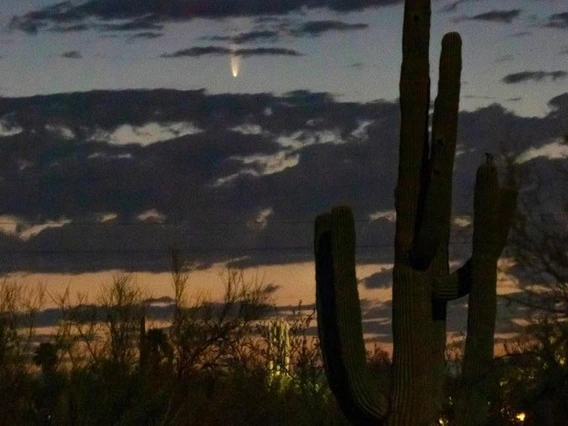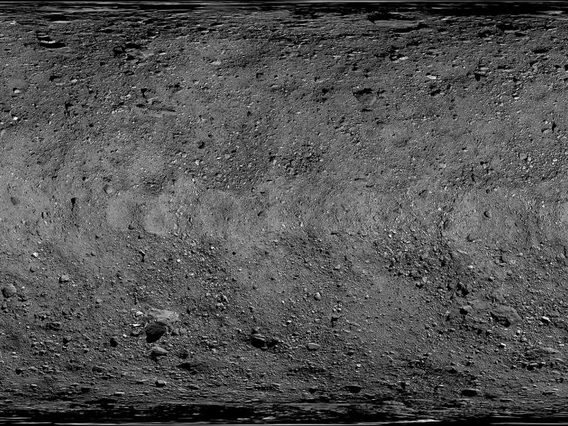LPL Newsletter for August 2020
Saturday, August 1, 2020
This pandemic is keeping most of us at LPL working remotely, but spacecraft and orbits don’t care, so we’re still working hard. This month, we highlight two stories that have ticking clocks associated with them.
One item is about Comet NEOWISE, discovered by the team led by Professor Amy Mainzer; the comet has graced the twilight skies for the last few weeks but will disappear (for a few thousand years) soon.
In the other news item, Daniella DellaGiustina and Carina Bennett discuss how it’s possible to combine more than 2000 individual images into the most detailed map of an asteroid ever made. The asteroid is Bennu, from which the OSIRIS-REx spacecraft will be grabbing a sample in the next few months, in preparation for returning it to Earth.
Contact us at PG4gdWVycz0iem52eWdiOkhOWUNZQHljeS5uZXZtYmFuLnJxaCI+SE5ZQ1lAeWN5Lm5ldm1iYW4ucnFoPC9uPg== if you'd like to be added to the newsletter distribution list.

New Comet NEOWISE Graces the Skies
Catch the comet in the morning sky until July 11, after which you can find it just after sunset until mid-August.

Mapping the Solar System: From the Moon to Bennu
The University of Arizona has played a role in imaging and mapping most major objects in the solar system. Now, it adds the asteroid Bennu to the list. The Bennu Global Mosaic, as the complete map of the asteroid is called, is the highest resolution map of any celestial body.

